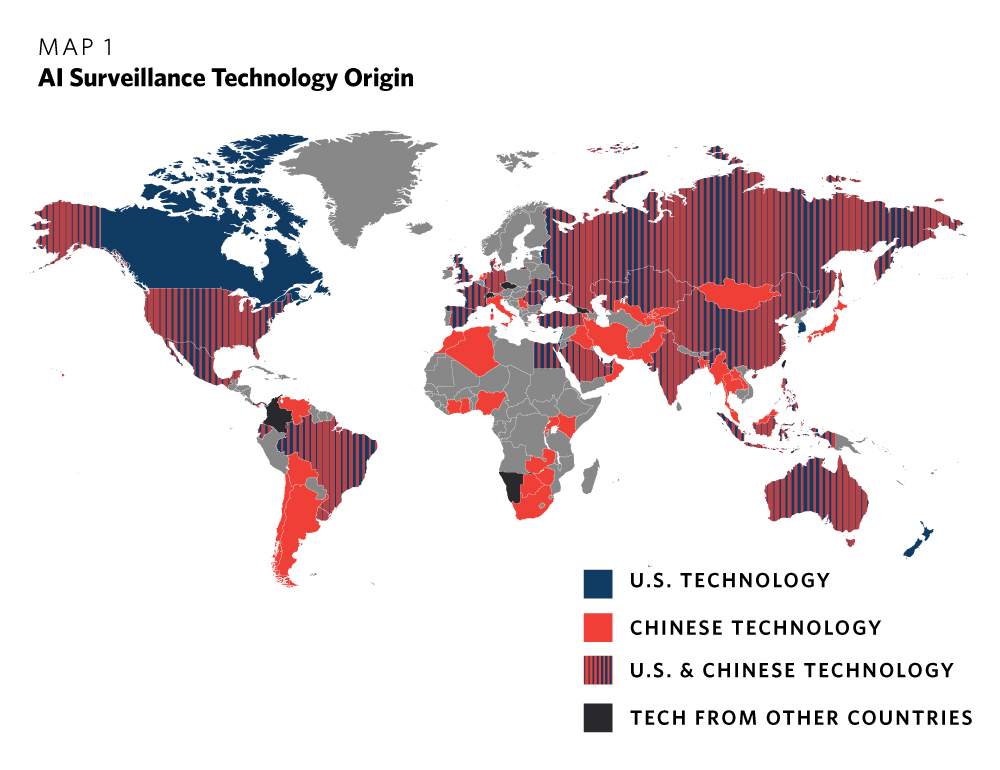The Future of Connectivity: Innovations to Watch in 2023
As technology continues to evolve, the ways in which we connect with each other and the world around us are also undergoing seismic shifts. The realm of connectivity has never been more exciting, with advancements in various sectors promising to change the landscape significantly. Here’s a closer look at some of the groundbreaking innovations that are set to define the future of connectivity.
Exploring the evolution of connectivity technologies.
The Rise of 5G Technology
5G technology is perhaps the most talked-about advancement in connectivity. With increased speed and lower latency, it is poised to revolutionize sectors such as healthcare, transportation, and entertainment. The impact of 5G is expected to be profound:
- Healthcare: Remote surgeries and telemedicine are becoming feasible with the aid of fast, reliable connections.
- Transportation: Autonomous vehicles rely on instantaneous data exchange, which 5G can facilitate.
As the world transitions to this new standard, it’s essential to understand the implications of such rapid advancement in technology.
“5G technology is not just a network upgrade; it is the foundation for innovations that will power smarter cities and more efficient systems.”
Moreover, industries such as media and entertainment are embracing 5G to deliver immersive experiences through augmented and virtual reality (AR/VR). These technologies, combined with 5G, are set to enhance user engagement like never before.
The interconnected future of urban living.
Embracing the Internet of Things (IoT)
Alongside 5G, the Internet of Things (IoT) continues to gain traction. From smart homes to industrial applications, IoT devices are increasingly integrated into daily life. Key aspects include:
- Energy Management: IoT-connected devices help in monitoring and controlling energy usage, leading to cost savings and sustainability.
- Safety and Security: Smart surveillance and alarm systems provide peace of mind at home and in public spaces.
The sheer volume of data generated by IoT devices is staggering. As these technological ecosystems expand, the need for robust data processing and management solutions becomes more pronounced. Companies are investing heavily in cloud computing and edge computing to meet these needs effectively.
Artificial Intelligence’s Role in Connectivity
In the backdrop of connectivity advancements, Artificial Intelligence (AI) is transforming how devices communicate and learn from each other. AI algorithms are crucial for:
- Optimizing Performance: Enhancing network efficiency by predicting traffic loads and adjusting resources accordingly.
- Enhancing User Experience: Personalizing interactions based on user behavior and preferences.
The integration of AI with connectivity solutions not only improves performance but also revolutionizes user interactions across platforms. AI-driven analysis allows for unprecedented insight into how users engage with technology.
AI is redefining user experiences in connectivity.
Security Challenges in a Connected World
As connectivity increases, so do the security risks. Cybersecurity has become a cornerstone of maintaining trust in technology. Recent trends indicate that:
- Increased Attacks: With more connected devices, there’s a larger surface area for potential attacks.
- Regulatory Actions: Governments are stepping up to implement regulations designed to protect personal data and ensure security standards are met.
For businesses, investing in cybersecurity measures is no longer optional; it’s a necessity. Organizations are prioritizing security training, implementing advanced threat detection systems, and seeking compliance with international data protection standards.
Conclusion
In conclusion, the future of connectivity is not just about faster internet speeds or more devices connected to the network; it’s about how these technologies will blend into our daily lives, enhancing efficiency, security, and experiences. As we continually navigate this emerging landscape, one thing remains clear: the pace of innovation will only accelerate, bringing with it new challenges and opportunities for consumers and businesses alike. For more information, visit example link.


 Photo by
Photo by 











